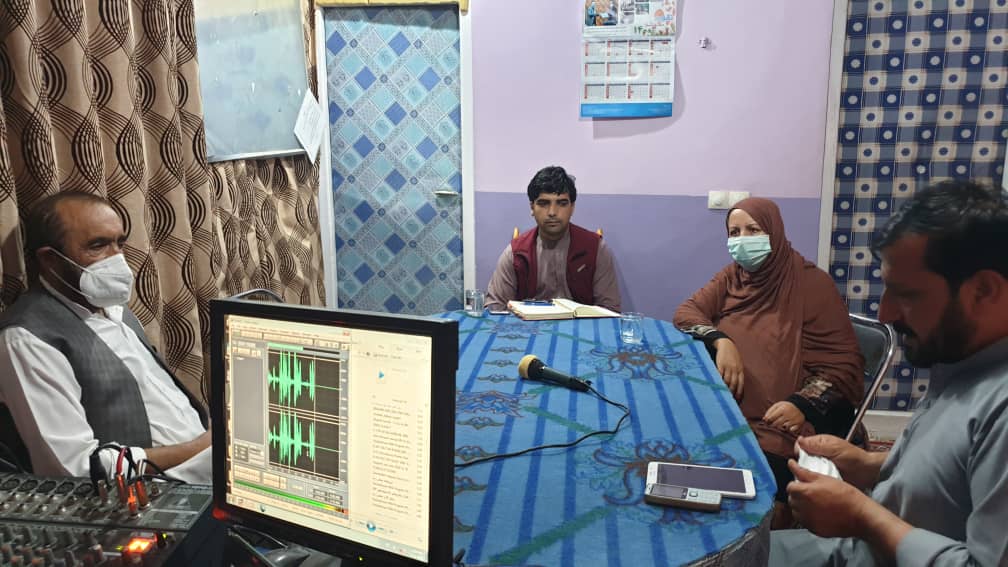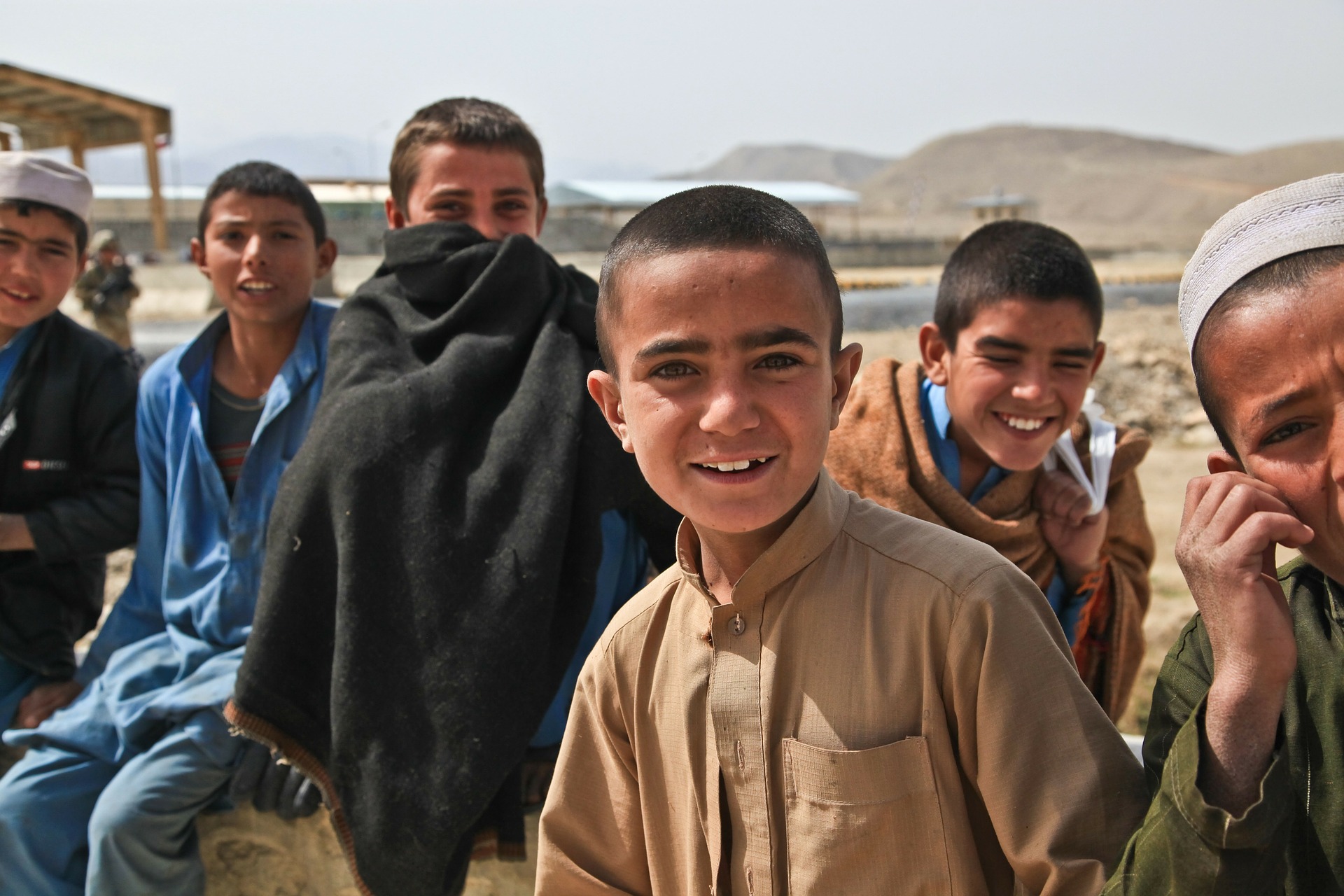
The unprecedented acceptance of the Convention clearly shows a wide global commitment to advancing children’s rights. The Convention changed the way children are viewed and treated – i.e., as human beings with a distinct set of rights instead of as passive objects of care and charity. UNICEF's work is guided by the Convention on the Rights of the Child (1989). The Convention is the most rapidly and widely ratified international human rights treaty in history. In 1965, the organization was awarded the Nobel Peace Prize “for the Promotion of brotherhood among nations.” Today, UNICEF works in more than 190 countries and territories, focusing special effort on reaching the most vulnerable and excluded children, to the benefit of all children, everywhere. Thus began an abiding concern with education, starting with support for teacher training and classroom equipment in newly independent countries.

Educationįollowing more than a decade of focus on child health issues, UNICEF expanded its interests to address the needs of the whole child. In 1959, the UN General Assembly adopted the Declaration of the Rights of the Child, which defines children’s rights to protection, education, health care, shelter, and good nutrition.

In 1953, UNICEF became a permanent part of the UN and began a successful global campaign against yaws, a disfiguring disease affecting millions of children, and one that can be cured with penicillin.

In the aftermath of World War II, the plight of Europe’s children was grave, and a new agency created by the United Nations stepped in to provide food and clothing and health care to these children.


 0 kommentar(er)
0 kommentar(er)
